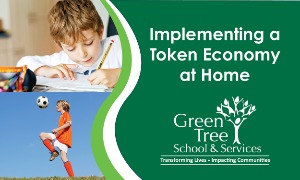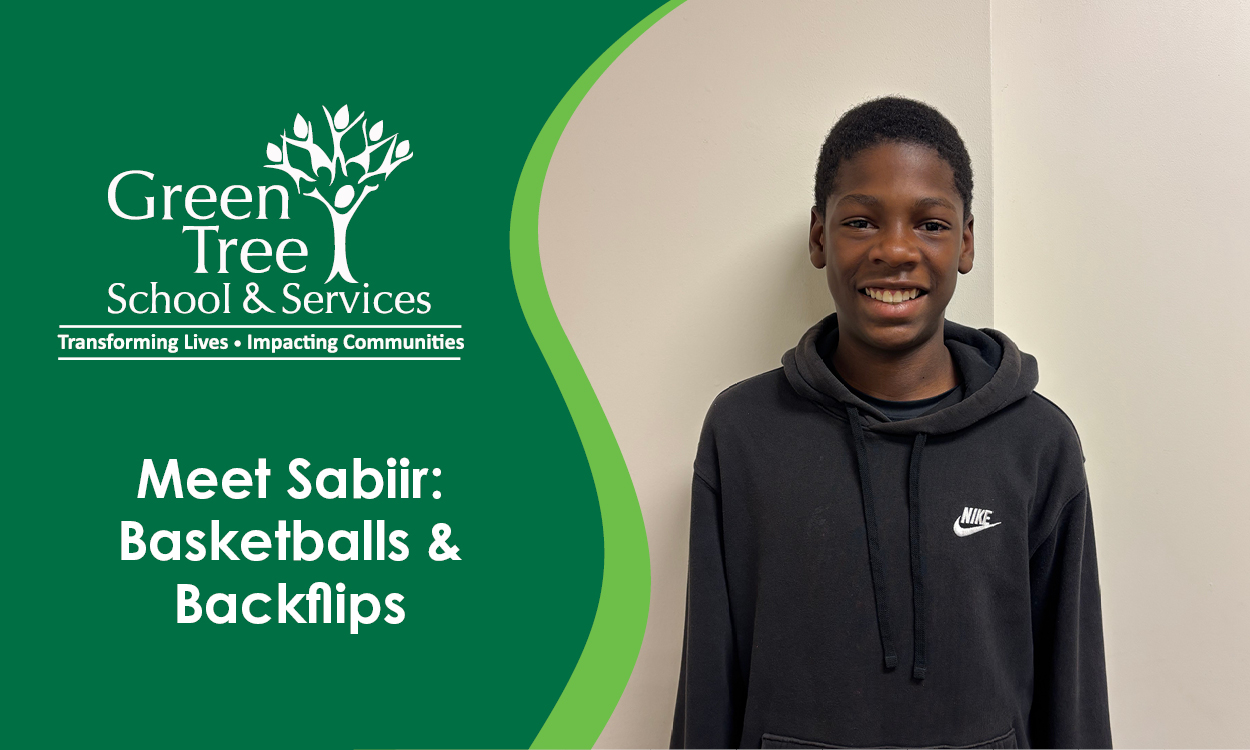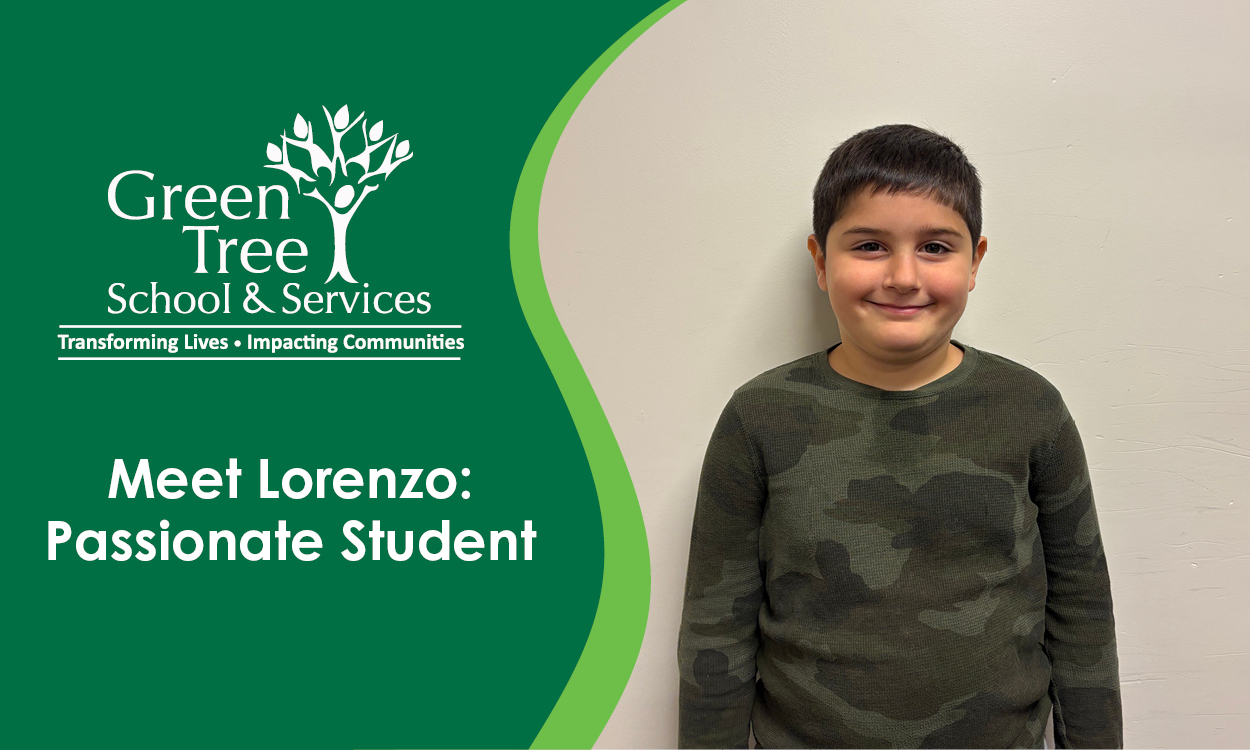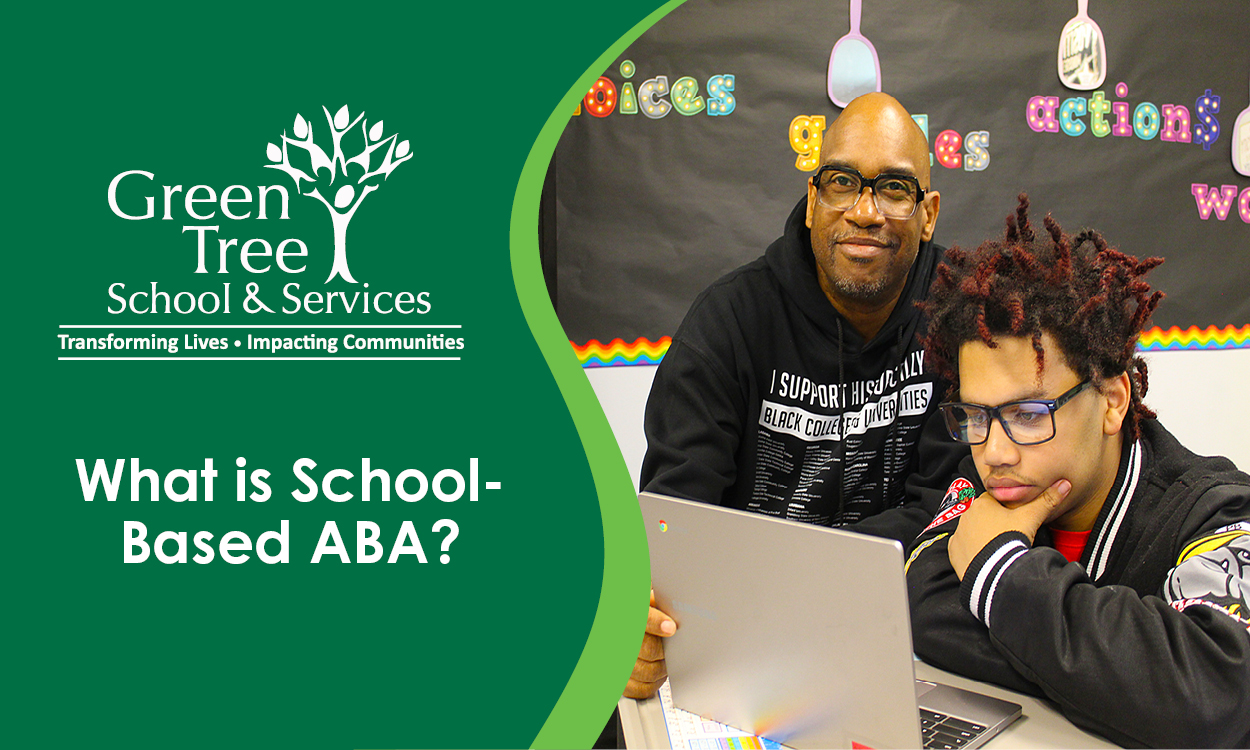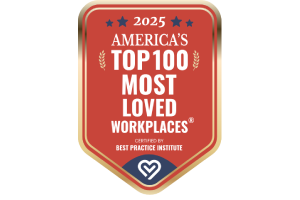Special Education Toolkit
Posted: June 28, 2021 | Written By: Justin Gerwick | Category: Special Education Tips
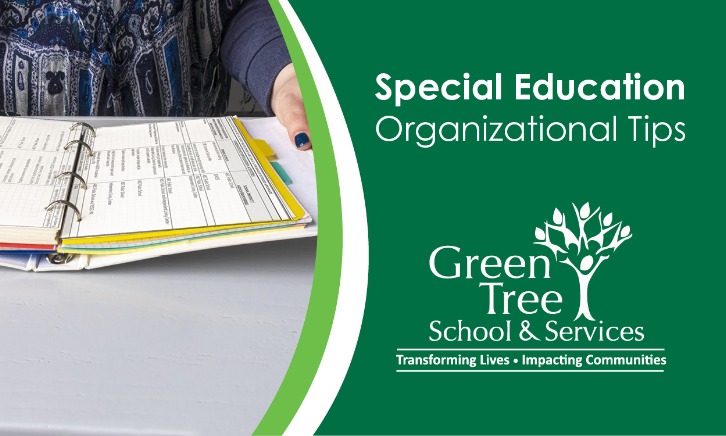
Welcome to the world of special education! It may have taken you some time to get to this point in your child’s educational journey, or the path may have been short, but either way, this is a very new experience for many. As you prepare for, or follow up on, that very first Individualized Education Plan (IEP) meeting, you might feel a bit overwhelmed with all the information you have gotten. So, what do you do now?
Take a breath and let us help! Here are a couple easy, practical tips that can make your journey as a special education parent a little smoother.
Organize. Get a Binder.
Special education comes with a lot of paperwork and finding a way to organize all the information can be a lifesaver. In this binder, with appropriate sectional dividers, place:
- Current and past IEPs
- Next year, when you get a new IEP, you will want to be able to compare the two documents to see what has been accomplished and what still needs work.
- Copies of letters or communications
- Saving copies of your communications with the public school, the district, doctors, or other entities can be helpful so that you have one place to house all the details you get. Save any replies you get. If the communication happens in email, either print out those emails and save them in the binder or create a folder in your email for all those communications.
- Copies of any testing or recommendations
- Keep all your documents explaining your child’s needs in one place. Your child may be working with different entities during the year, like doctors and therapists, as well as in the school with their teachers and support staff. When the next IEP meeting comes up, you’ll want to bring information and updates to help inform your IEP team.
- Brochures
- There are lots of community resources you may encounter or hear about. Grab a brochure and keep them in your binder to refer back to should your child ever qualify for such services.
- A list of phone numbers and email addresses. You’ll want contact information for people like:
- Your child’s teachers
- The leadership team at your child’s school
- The LEA for your school district (the person in charge of the special education department for the school district)
- You child’s medical team
- Blended Case Managers (BCM)
- Behavioral Case Specialists (BCS)
- Therapeutic Support Specialists (TSS)
- The ARC of your county
- The ARC is where you can get access to special education advocates. Special Education Advocates will help you petition the public school system if something goes awry.
- Any other groups you become a part of who help with your child’s trajectory
When you have all your materials in one place, you will be more able to connect the dots, spot inconsistencies, and provide full and accurate information about your child’s progress. As you go, and as your child grows, you may need to expand to a new binder, or organize all your information in a larger way. Give yourself the time to organize all your materials so that you’re less stressed when it really counts.
Want to be notified of new articles and resources from Green Tree Schools? Click here to submit your email and opt into our newsletter.


